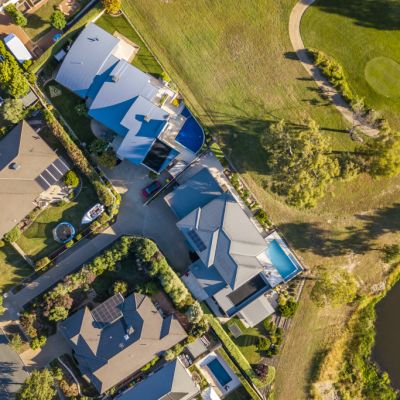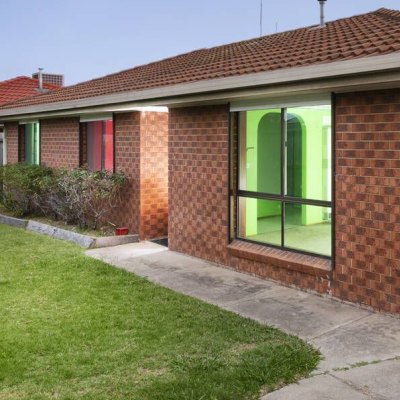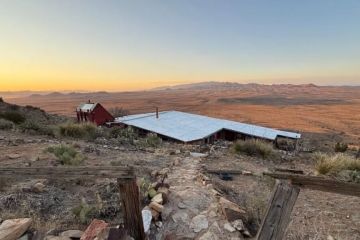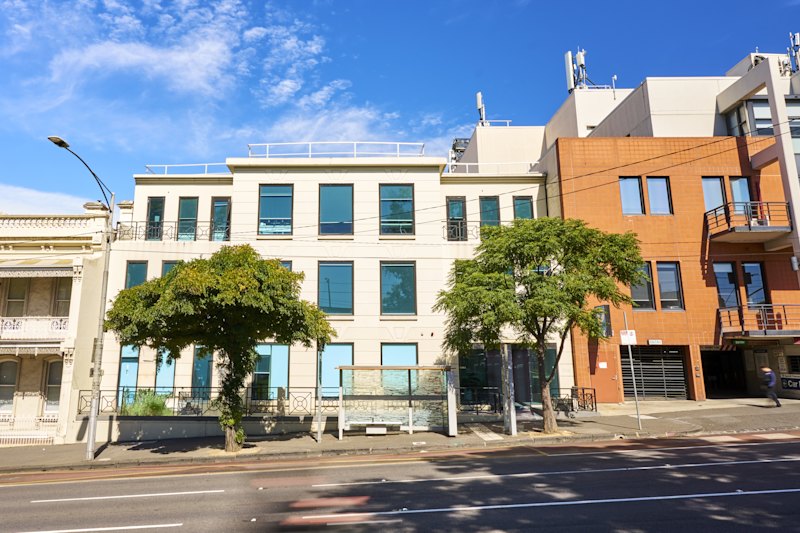Every Canberra region now has a median house price of $900,000-plus

There was a time when some Canberra regions were considered affordable heartlands but new data has revealed that every region across the capital, from Tuggeranong to Gungahlin, now has a median house price of more than $900,000.
The latest Domain House Price Report showed the most affordable region in Canberra was Tuggeranong with a median house price of $905,000, up 4.2 per cent over the quarter and 40.8 per cent year-on-year.
The most expensive region was the Inner South with a median house price of $1,962,500, down slightly by 1.9 per cent over the quarter and up 26.6 per cent year-on-year.
More than half of Canberra’s eight regions have a median of more than $1 million.
Region
Property
Mar-22
Dec-21
Mar-21
Quarterly change
Annual change
Belconnen
House
$934,750
$880,000
$710,000
6.2%
31.7%
Gungahlin
House
$985,000
$900,000
$755,000
9.4%
30.5%
Molonglo
House
$1,095,000
$1,257,500
$867,500
-12.9%
26.2%
North Canberra
House
$1,481,000
$1,415,500
$1,078,500
4.6%
37.3%
South Canberra
House
$1,962,500
$2,000,000
$1,550,000
-1.9%
26.6%
Tuggeranong
House
$905,000
$860,000
$700,000
5.2%
29.3%
Weston Creek
House
$1,105,000
$1,060,000
$785,000
4.2%
40.8%
Woden Valley
House
$1,430,000
$1,375,000
$1,073,750
4.0%
33.2%
Queanbeyan
House
$895,000
$855,000
$653,700
4.7%
36.9%
“What this highlights is the strong upswing in Canberra across every single price point. There’s no district, even in our more affordable areas like Tuggeranong and Belconnen, that have not seen huge jumps in price,” said Domain chief of research and economics Nicola Powell.
Real estate agent Luke McAuliffe of Luton Properties Gungahlin said the regions Canberrans have typically considered “affordable” included Belconnen, Gungahlin and Tuggeranong.
“That $900,000-mark is the affordable price tag now … we’ve had young first-home buyers all the way to downsizers come to the table with a budget of $900,000 and above,” he said.
“We’re still seeing buyers who missed out last year, still look for something this year.”

The data comes after Domain’s First-Home Buyer Report showed Canberra’s first-home hopefuls would have to save for seven years and one month for a 20 per cent deposit on an entry-level house – in Canberra, that is $827,000.
Only across the border in the Queanbeyan region would buyers find some relief with the NSW area recording a median house price of $895,000, up 4.7 per cent over the quarter and 36.9 per cent year-on-year, according to the Domain House Price Report.
For Gungahlin residents, Kaushal and Krupa Vora, moving out of the area was not an option.
The family of three, including their son Krish, are now in the process of selling their Gungahlin home after purchasing a property within the same region.

“Since we moved to Canberra in 2009, we have been living in the Gungahlin region and have seen it grow day-by-day with new shopping precincts in different suburbs and now we have the light rail, which my son uses frequently,” Dr Kaushal Vora said.
“We love Gungahlin and can’t think of living anywhere else.
“Considering the infrastructure in the region and the median income of residents, we were anticipating only further growth and perhaps a median of $1 million-plus soon.”
The family decided to purchase a new home in a bid to upsize. Now that they’re in the seller’s seat, Dr Vora said he was confident that his home would sell in the coming weeks.
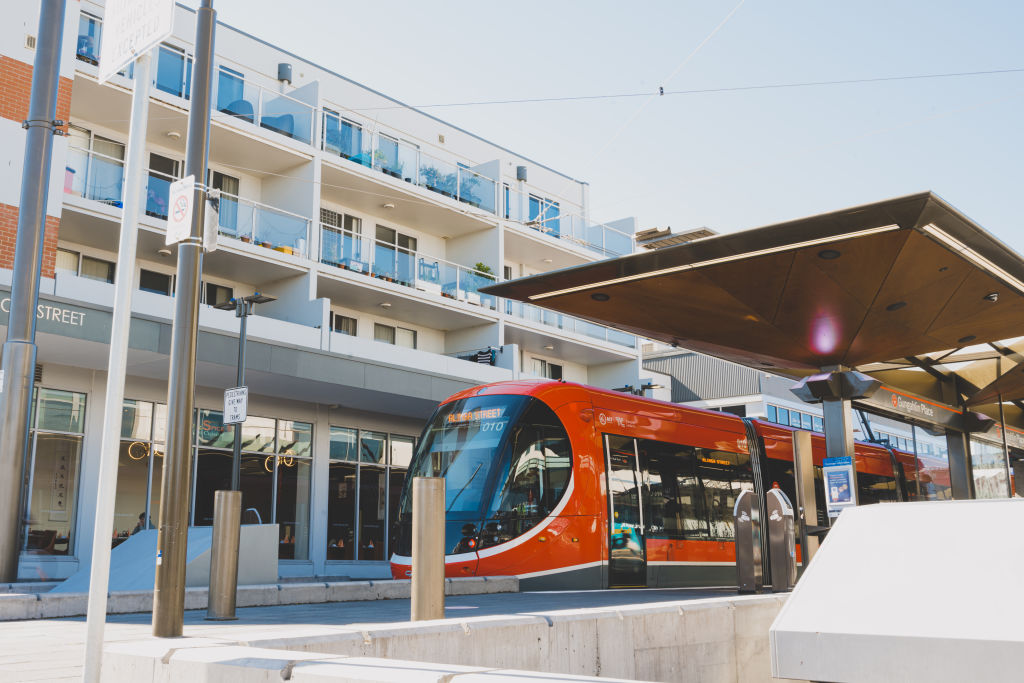
“Buying and selling is a big task and not to mention stressful … [but] we’ve lived in this home since 2010. It was our dream home and has been a little paradise for us and we know that someone else will love it just as much as we have,” he said.
Clarity Home Loans managing director Mark Edlund had anticipated that buyers would pull back in light of the prospect of interest rate rises but said “borrowing activity hasn’t waned”.
“Any properties, especially established homes around that $800,000, still have a lot of activity although there hasn’t been as much panic as there used to be,” he said.
“We’re finding that more of our clients today are walking into an auction with a realistic expectation of a price … Previously, we’d have borrowers attend six auctions before they were successful at one. That’s changed now but that’s more of a reflection of slightly higher stock levels, so our clients are more successful at auctions much earlier.”
We recommend
We thought you might like
States
Capital Cities
Capital Cities - Rentals
Popular Areas
Allhomes
More
